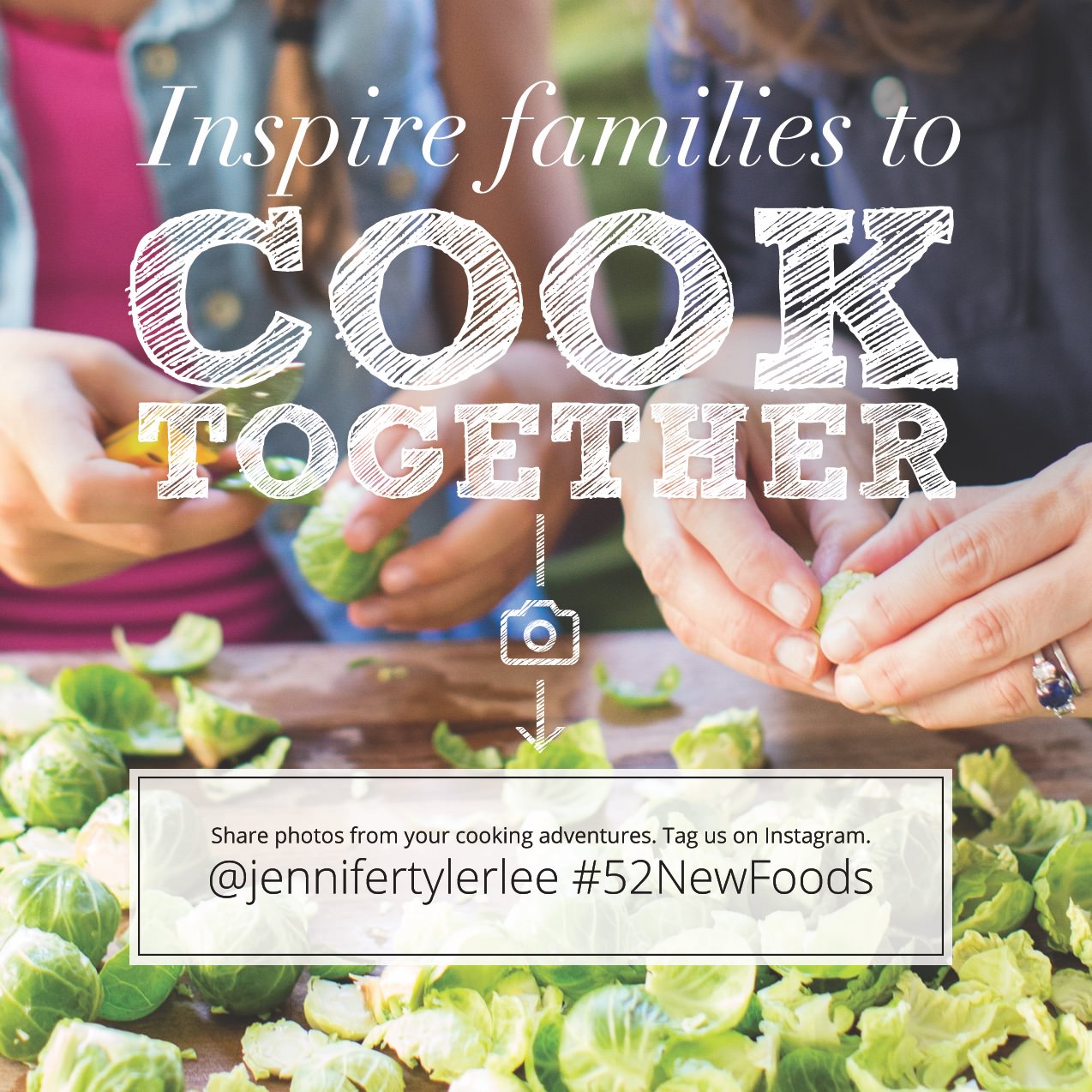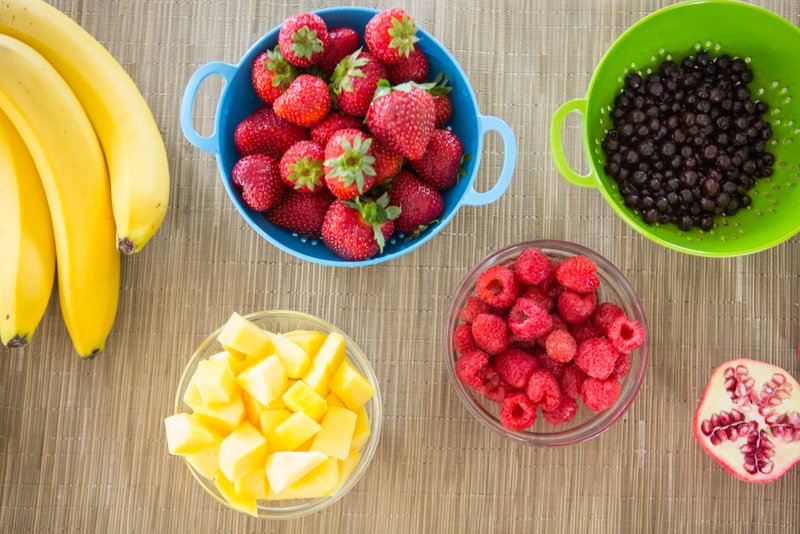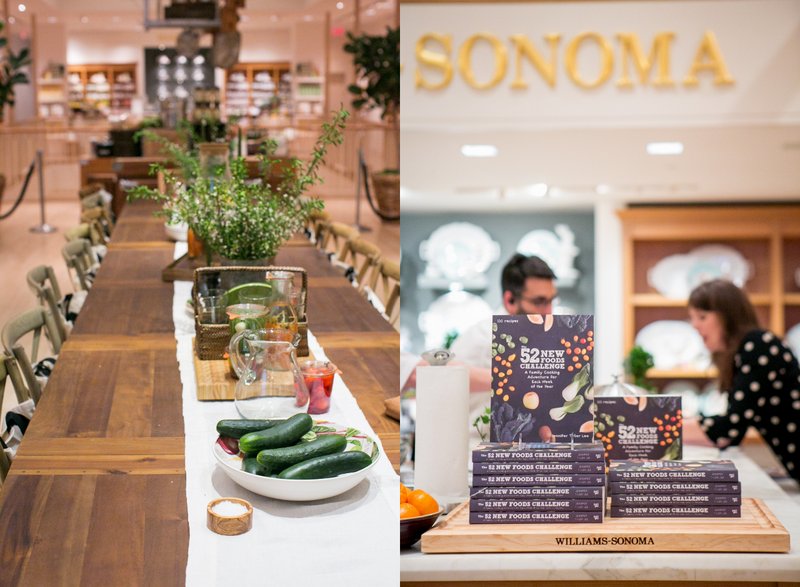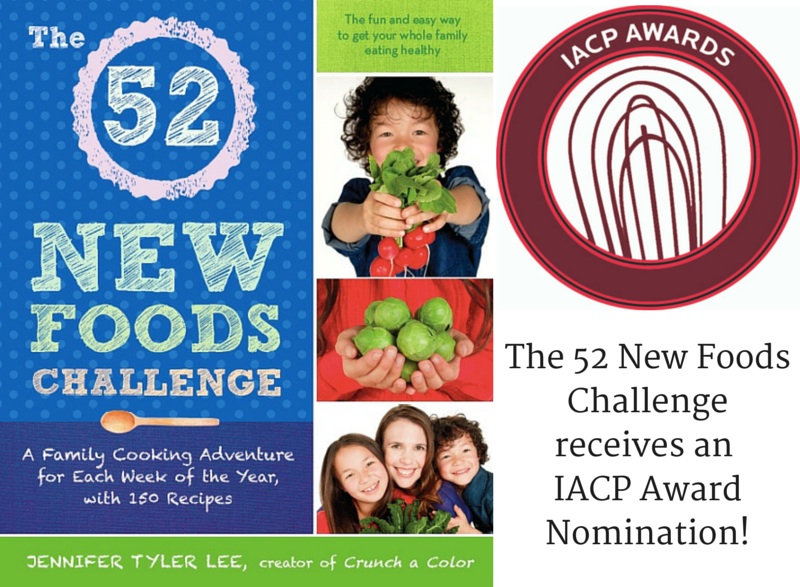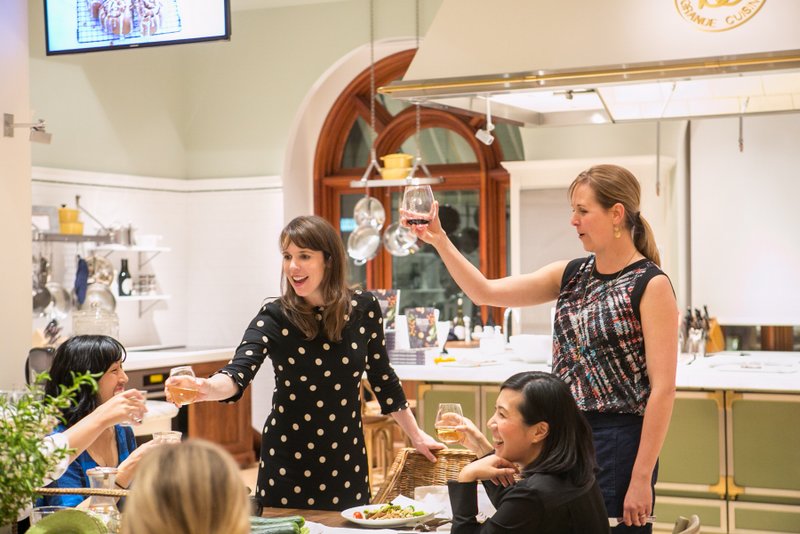One of the best things about The 52 New Foods Challenge is meeting moms, teachers, doctors, and nutritionists from around the world who are helping to bring positive change to our family tables. I love learning from their experiences, and I know you will too. This week, meet our #52NewFoods Tastemaker: Dr. Dina Rose, author of It’s Not About the Broccoli.
Be sure to check out Dina’s review of The 52 New Foods Challenge, and her take on Roasted Brussels Sprouts Chips! Like it was for my family, the recipe was a winner at her family table.
Q. How would you describe your family food philosophy?
A. In my family, we strive to eat fresh, natural food most of the time. My daughter is a vegetarian and I frequently cook vegan meals. A few times each month we eat meat, chicken and/or fish. We make sure to eat humanely raised and slaughtered animals because we believe that minimizing our meat consumption isn’t just good for our health, it’s the right thing to do for the wellbeing of animals and the planet. We also make room for ice cream, cookies, and other sweets, but are careful to make sure that these foods are the smallest part of our diets! In other words, we practice the three habits of healthy eating: proportion, variety, and moderation.
Q. What inspired you to write It’s Not About the Broccoli?
When my daughter was born I became consumed with the question: How do you teach kids to eat right? I was interested most of all in making sure that she had a healthy relationship with food and I knew that meant focusing on her overall eating habits. As a sociologist, I have spent a career observing and analyzing social interactions and it became clear to me, from observing how other families approached the task of feeding their children, that everyone would benefit from thinking more about habits and less about nutrition. I truly am committed to changing the national conversation from nutrition to habits.
Q. What are your top tips for getting kids engaged in the kitchen?
Turn cooking into an exploration of the senses. Teach children to investigate taste, texture, aroma, appearance, temperature, sound. Don’t focus on getting children to eat what they cook. Education and comfort around a variety of different foods is what you’re after.
Q. What is the most important piece of advice you give to parents trying to change the way their families eat?
Eliminating pressure from the feeding dynamic is the most important thing parents can do to change how their families eat. And just like beauty, pressure is in the eyes of the beholder. This means that you have to see the world through your children’s eyes to identify what they see and feel as pressure. Structure—creating rules that promote the habits you want to teach—is the antidote to pressure. It’s important, however, to “soften” the structure with compassion. I recommend parents implement The Rotation Rule (not serving the same food two days in a row), The Eating Zones Rule (eliminating grazing by determining when meals and snacks are served), as well as plenty of choices.
Q. What did your family get out of The 52 New Foods Challenge?
My family was reminded of all the terrific foods out there, like leeks, that we like but don’t eat very often. And we were inspired and excited as a family to try old favorites like Brussels sprouts in new ways.


